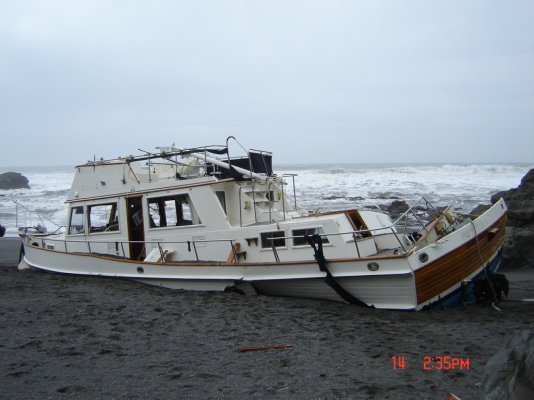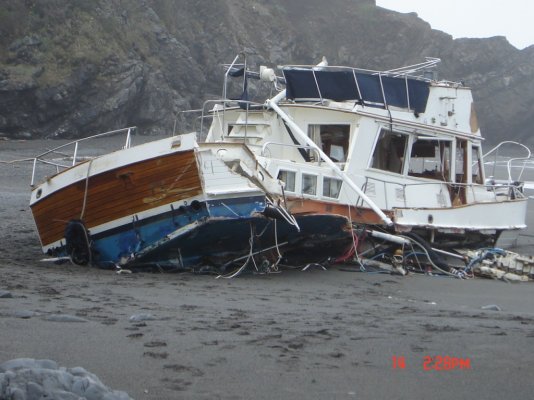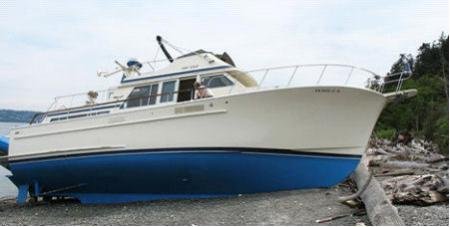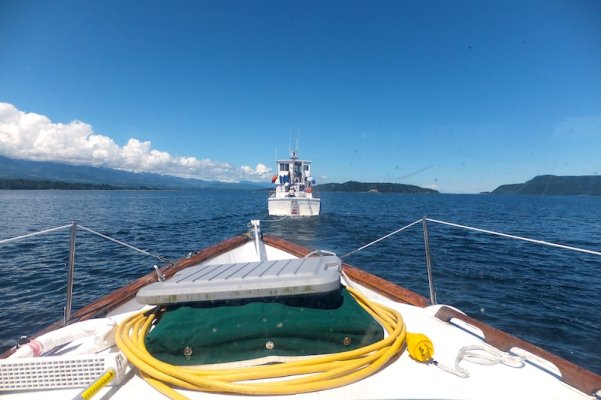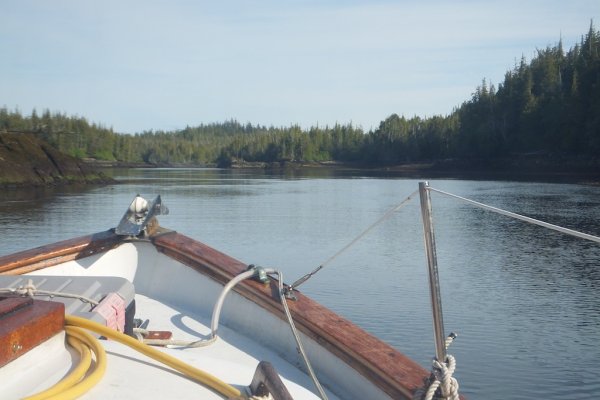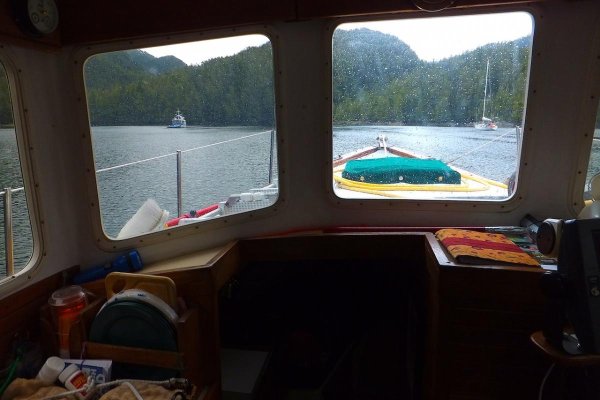Nomad Willy
Guru
Thanks Rick. I think Phill Fil has one of those Chrysler boats and posted pics of it a day or two ago.
I'd burn 2 or three times as much fuel and need to "blow" the bilge often but other than that I'd probably much prefer the smooth and quiet gas engine over my 4 cyl diesel. In the old days we thought diesels were for trucks and tractors only. Who would want to be in a confined space w one of them noisy and smelly things.
Boating was probably quite nice in a both sound and temperature insulative wood boat. I don't think they knew about lift mufflers then and most inboard boats had very noisy exhausts. Same today I think and I can't believe people put up w all that noise when a lift muffler all but eliminates it.
I'd burn 2 or three times as much fuel and need to "blow" the bilge often but other than that I'd probably much prefer the smooth and quiet gas engine over my 4 cyl diesel. In the old days we thought diesels were for trucks and tractors only. Who would want to be in a confined space w one of them noisy and smelly things.
Boating was probably quite nice in a both sound and temperature insulative wood boat. I don't think they knew about lift mufflers then and most inboard boats had very noisy exhausts. Same today I think and I can't believe people put up w all that noise when a lift muffler all but eliminates it.
Last edited:


